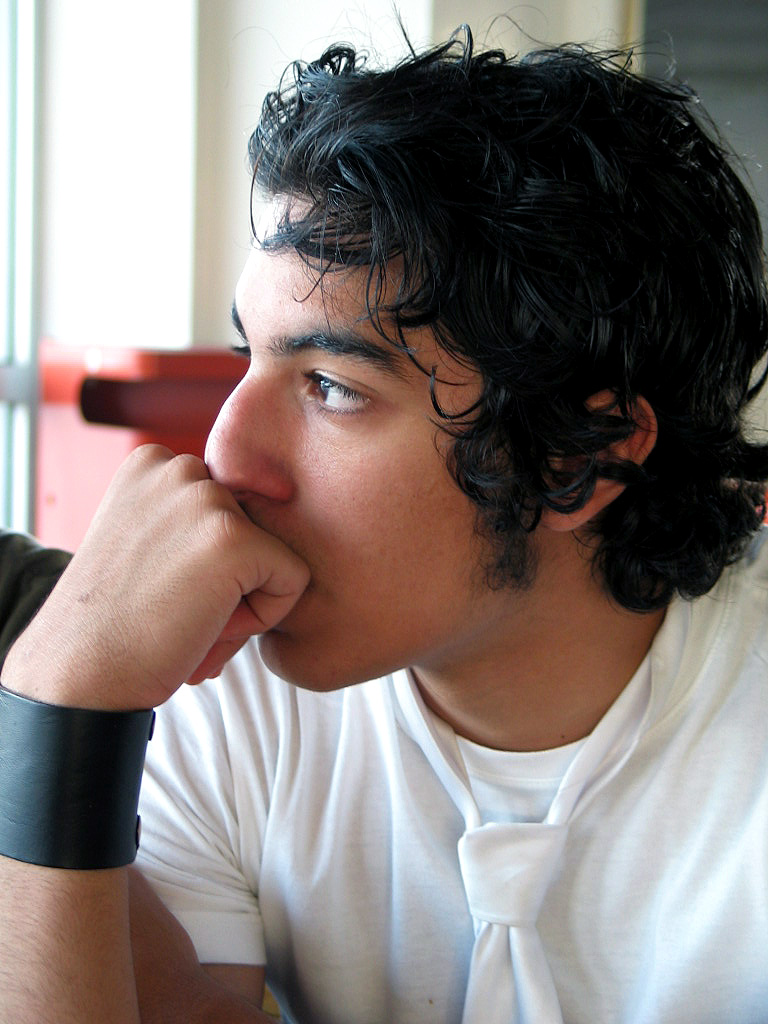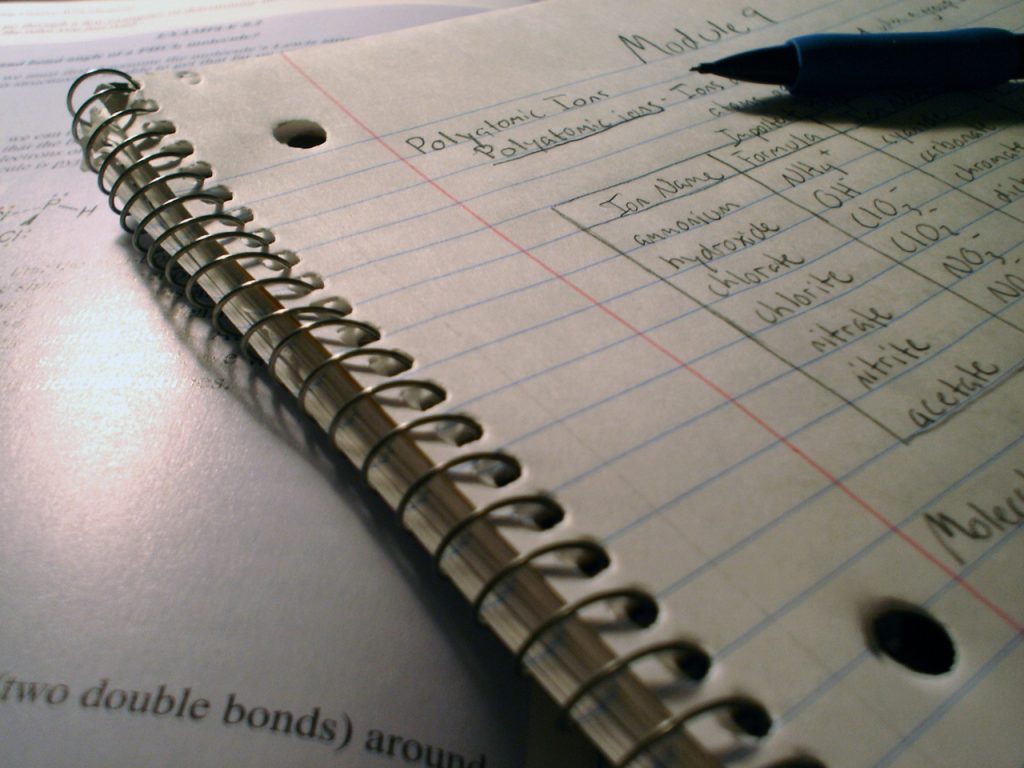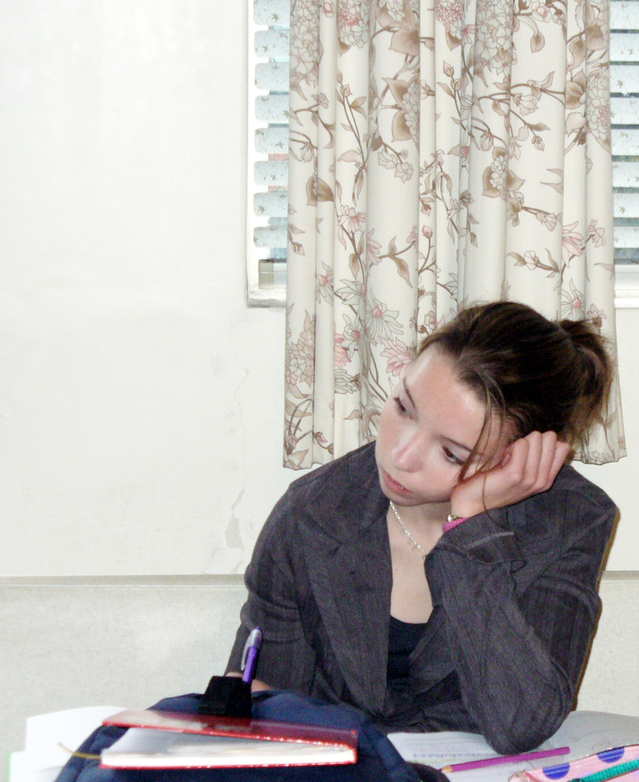
The impact of the past twelve months left many children and young people at the mercy of their emotions. The usual rational thinking of many ran wild. The change to everyday life and the uncertainty of the future, played havoc with our children’s minds. Children started to experince a new and very different reality. Childrens stress levels were rising. So too anxiety.
The legacy of 2020 brought many issues, worries or concerns for the wellbeing of children and young people. Anxieties and worries, which no therapist has had to face in modern times. At least, not in the UK.
The start of last year was no different to any other. We were all set for the usual ups and downs of life. Yet, three months in, and we all experienced the coming of a new experience. An experience of which none of us knew what to expect. And all our children were going to discover how challenging life can really get.
The Impact of Lockdown on Children
On the 23rd March 2020, we were told our first national lockdown would start. It was a new and strange experience. We were told to stay indoors. The streets went very quiet and the towns were empty. The usual noise of traffic or people gone silent. There was a strange eeriness to our neighbourhoods. It was like we were suddenly all part of a sci-fi movie and there was an invisible, deadly alien, stalking the streets looking for its next victim.

Here we were in a situation unforseen. For some, it was a bit of a novelty to start with. That is uuntil the reality kicks in of just how long this was going on for. Maybe some children saw the start of the lockdown as a bit of a holiday from school. No lessons to speak of and no teachers making demands on our brain. I have no doubt children would have experienced this moment in many diferrent ways.
For some the anxiety would have already started. Children wondering what will happen if schools stay closed. What will become of their grandparent now they have no visitors? How will their parents cope now jobs are at risk? And what will happen to their family if bills go unpaid? A thousand thoughts popping into their heads, morning, noon and night.
These children’s imaginations would have been working over time. And we all know how well children are able to daydream or imagine things. Children have the capacity to create amazing stories and adventures of powerful people and magical places. This same creative, genius imagination, can also take them down another path. A path where fantasy and real life get a tad mixed together. But this creative story of the furture, is one based on worry, anxiety and fear.
Here they were in this new reality. The world around them was closing down. Things were starting to change. New rules were put in place. Children were experiencing an upheaval to their daily and weekly routine. For a majority of children and young people life as they knew it came to a grinding halt. Schools closed their doors for the majority of children. So, whether they were being taught from home or continued to work within the School building, nothing was the same. Friendships and peer groups split up, contact with extended family stopped, the usual routines gone. Life thrown into disarray and complete uncertainty, as to what happens next.
The Impact of Social Exclusion on Children

The impact and stress on some young people has been excessive. Many struggled with the disruption to coursework, assessments and exams. Their timetables disrupted and adapted led to confusion. Limited contact with teachers, led to anxiety.
The structure and routine for learning revamped and sometimes non-existent, gave rise worry never before experienced. Many struggled working from home, as it often came with interruptions or distractions from other family members.
Demands of home life can interfere or compete with the demands of the timetable set. Too easy to be less focussed when the telly is in the same room, Dad is chatting on the phone, baby brother is crying or the dog is scratching at your leg. It is safe to assume that for many children the room or home they worked in, just may not have been conducive to any form of structured learning.
Though school is a big part of a child’s life, it is of course, not the all of it. At the same time schools closed, so did pretty much everything else. The clubs and groups they attended. Places where they broadened their knowledge, learnt new skills or developed different friendship groups, were denied them. Daytime and evening structure and routine disrupted and changed. Weekend activity groups stopped in there tracks. Residential homes for the elderly were closed to visitors. So, those children and young people with elderly relatives living in residential accommodation were limited to phone calls or contact online.
Children were Missing more than School

Other young people had contact with professionals such as social workers, youth workers or support workers go on hold. Support services for counselling children and young people no longer able to offer appointments. Family workers or project workers from local charities or organisations, not able to vist. School trips or family getaways cancelled. Practise sessions for the early morning swimmers or athletes, no longer possible. The young people with morning or evening jobs, where they could earn much needed pocket money, not able to continue.
There were many things young people were no longer receiving. But one thing they just could not avoid, was the daily news on what was happening all around them. A constant barrage of various media updating the nation. News on the latest number of people getting infected, those who had died and the speed and spread of the virus. This, as well as the conversations of worried parents discussing the issues they were facing. Parents worried for their jobs or income. Fear for the safety and wellbeing of grandparents or other family members. The problems getting hold of everyday necessaties, such as toilet rolls or detergents. Children would hear all these worries and concerns. Even if they were not told directly by their parents, they inevitably found out one way or another.
Some of the old worries for children may have gone through the process of lockdown. However, these new ones emerged. Children worrying about their parents or grandparents. Feeling the stress and anxiety in the home when a parent lost a job, money became short or there was the ongoing threat to their way of life.
Children Dealing with Emotions
For the most part children and young people are resilient, adaptable and resourceful. Focussed in the right way, they can deal with many events and changes with little problem. However, for some the challenge of change or uncertainty caused worry, anxiety, stress or absolute terror. Each individual child and their ability to manage these feelings, made the difference to how the impact of these emotions affected their daily life.
According to a survey carried out by the Children’s Commissioners Office in March and June, a good number of children felt less stressed as the first lockdown situation progressed. The survey involved around 2,000 young people in England, aged 8yrs-17yrs old. Of those 2,000 young people, it found those feeling stressed some of the time decreased from 47% to 34%. While those feeling rarely stressed or never stressed rose from 23% to 42%. The reason behind the fall in some children’s levels of stress, was not totally conclusive. However, it did suggest that the elimination of some everyday stress factors, meant that these at least, were no longer an issue. Such things as school, peer pressure, crowds, anxiety over appearance or bullying. The survey also suggested that over time, the lockdown situation became ‘normalised’ and therefore less of a source of stress.

Those children in the survey reporting persistent stress, whether every day or most days, remained constant. Around 24% of children whose parents were unemployed were the most likely to experience persistent stress, 29% of whom feeling stressed most days. And that persistent stress is always a concern for health professionals, as it can lead to poor mental health conditions. Conditions such as depression, anxiety or obsessive compulsive disorders. And those young people already diagnosed with a history of mental health needs, were particularly vulnerable to an 80% increase in their condition, due to the pandemic.
According to the survey, the biggest stress of all came from worries about school. With 41% of young people feeling more stressed about schoolwork and exams since their schools closed. Stress regarding workload or the lack of support or guidance from teachers. The concern of missing out on exams and not receiving the grades they felt they deserved. Other stress factors where; friends, family life, mental or physical health, the future or finding a job, how to spend time or not having enough money.
Mental Health and Wellbeing of Children

It seems that the girls were particularly vulnerable to experiencing high levels of stress about missing school. When asked what had made them feel most stressed over the two months of the first lockdown, girls were more likely than boys to select school activities. Such as missing schoolwork, missing education or exams. In its conclusion, the Children’s Commissioner’s Office highlighted the fact that the Covid-19 crisis exposed a gulf between disadvantaged and non-disadvantaged children. With one in five young people reporting persistent stress levels. These children possibly experiencing intensified pressure on their mental health or confined in chaotic home situations.
At my therapy practice in Bath, I have worked with many children trying to deal with high levels of anxiety. Some of these anxieties have been identified in the survey by the Children’s Commissioner’s Office. Other worries or anxieties have been unique to a child’s situation and can be totally out of character. The most common symptom or issue I have ever discussed by far, with children and young people, is that of anxiety.
Anxiety is at the heart of everything I do when helping children deal with an experience, event or change to their everyday lives. Now schools have returned once again, only time will tell what will happen to the stress levels of children and young people. Or any unresolved anxiety and how it will affect their future mental health needs. But as always, I will do my best to help and support children and young people manage their emotions. I will work diligently to help children retrain their minds and use their imagination in a diferrent way. They will then be able to readdress and reset, any unecessary anxiety which is no longer needed.

